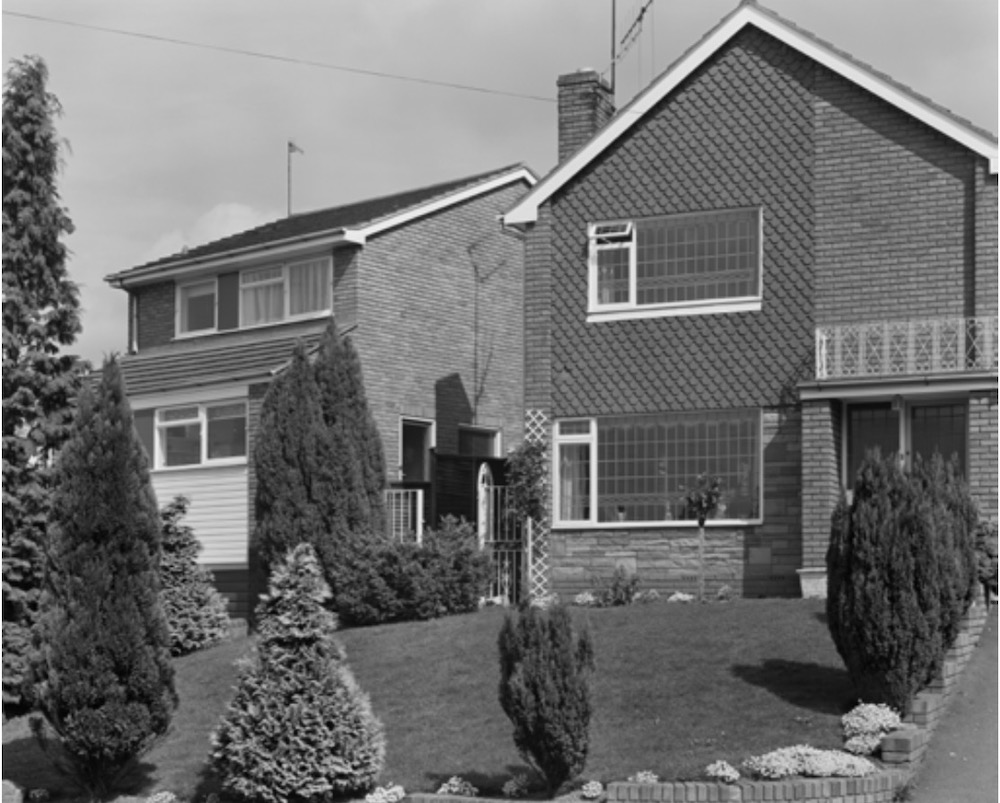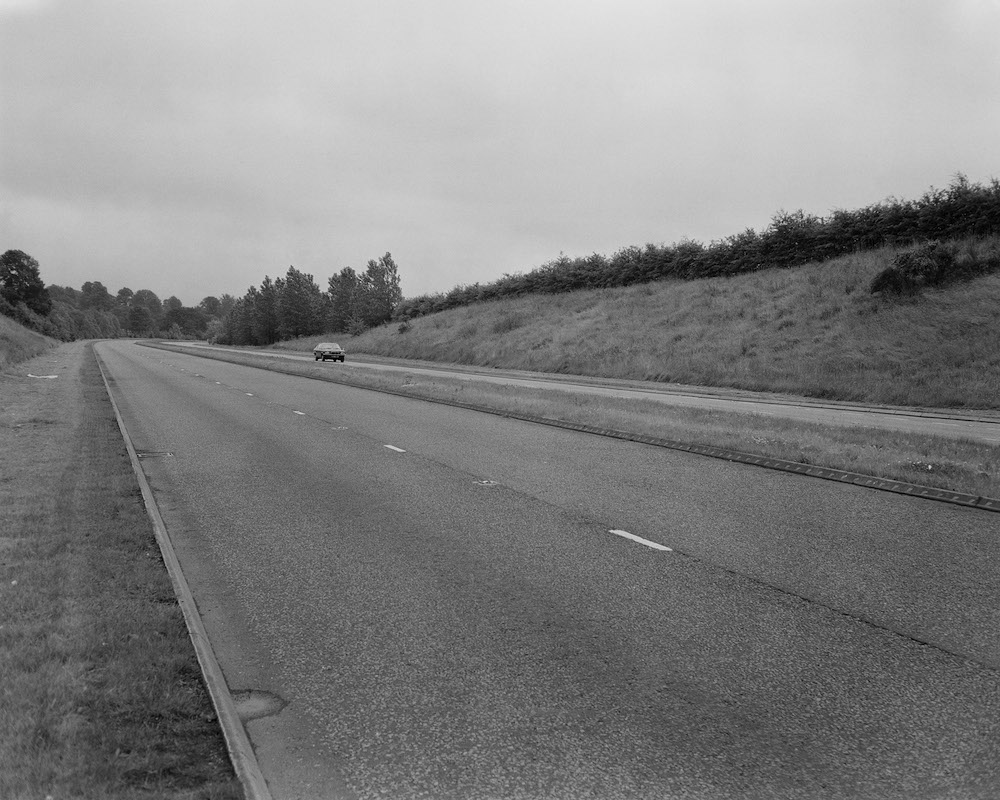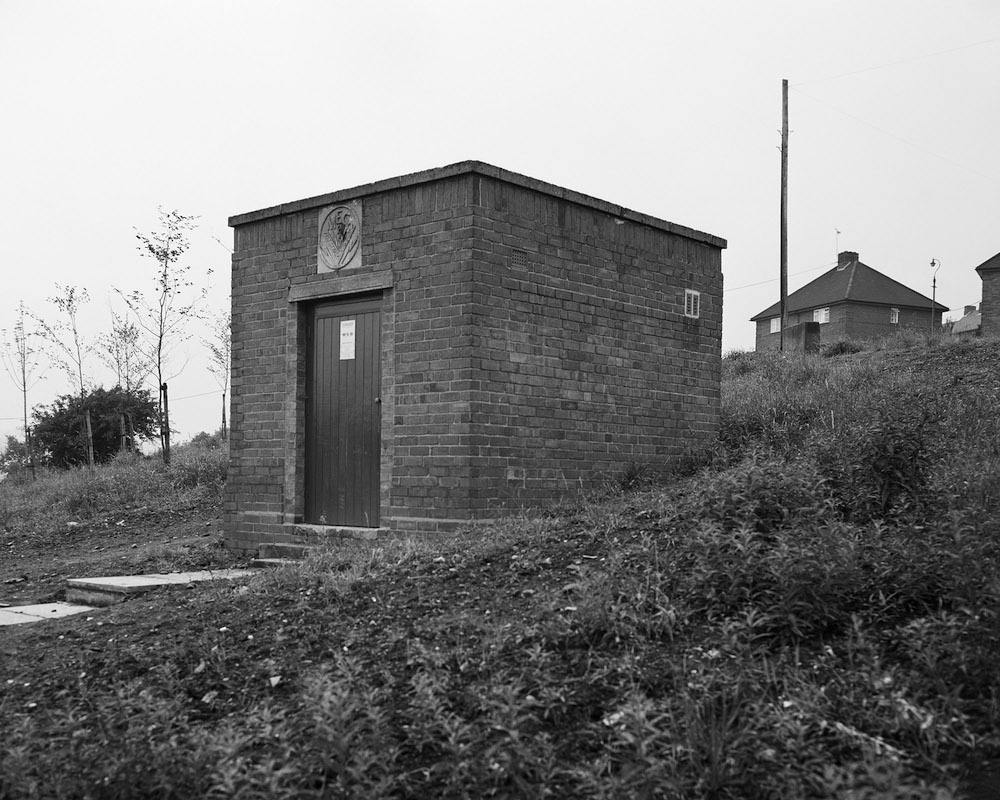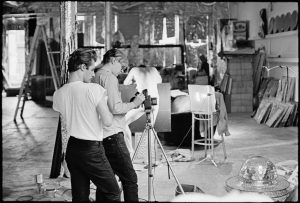John Myers discusses his latest photobook – a compilation of his most notable (and boring) works shot in 1970’s Stourbridge
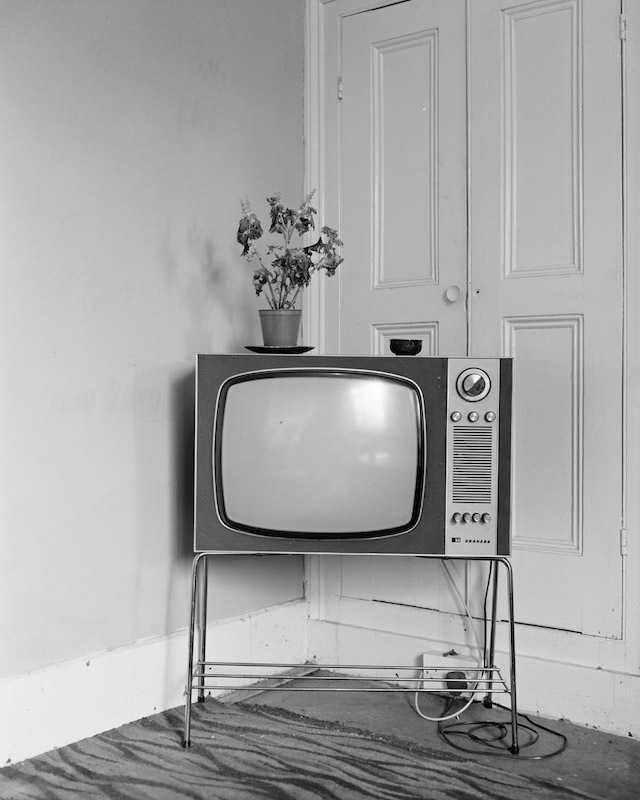
When my call with John Myers comes to an end, I start to question my role as a journalist. Why is it that we, as writers – purveyors of truth and story – must always seek a narrative? Why can’t we simply just observe something for what it is, rather than digging deep into the corners to uncover a hook or a storyline, when really, there might not even be one in the first place? These are the questions posed during our conversation, as I attempt to make sense of his imagery in The Guide, a newly published photobook of works taken in Stourbridge during the 70s. “If you’re a journalist,” he says, directing me to one of his pictures that frankly could have been taken anywhere in England, “you would probably say, well, what’s happened here? It’s just a garage. And you’d move on.”
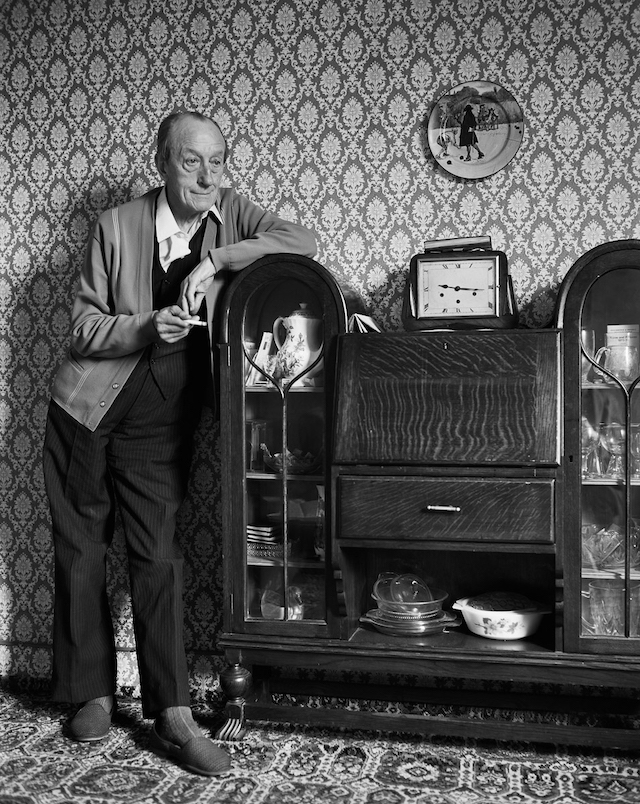
John was born in Bradford and has spent the majority of his life in Stourbridge. It’s in this very part of middle England that he first started documenting the suburbs, architecture, interiors and the people that occupy them, despite the fact that he had no prior experience in the field. But even if he didn’t come from a background in photography, his inquest soon took off once he bought a Gandolfi camera – a large format and traditional style camera comprising wood and brass, and one of the oldest camera makers still running today.
John has gone on to launch multiple books, including the Arts Council funded book Middle England in 1974. But it was only recently that his photography garnered the attention of many. It was after an exhibition at IKON Gallery in Birmingham in 2012 that his work catapulted into the mainstream with numerous exhibitions and books taking place thereon. He’s also known for his paintings and was a senior lecturer in fine art at Stourbridge College of Art between 1969 and 1989, plus a senior lecturer and head of MA in painting at University of Wolverhampton from 1989 and 2001.
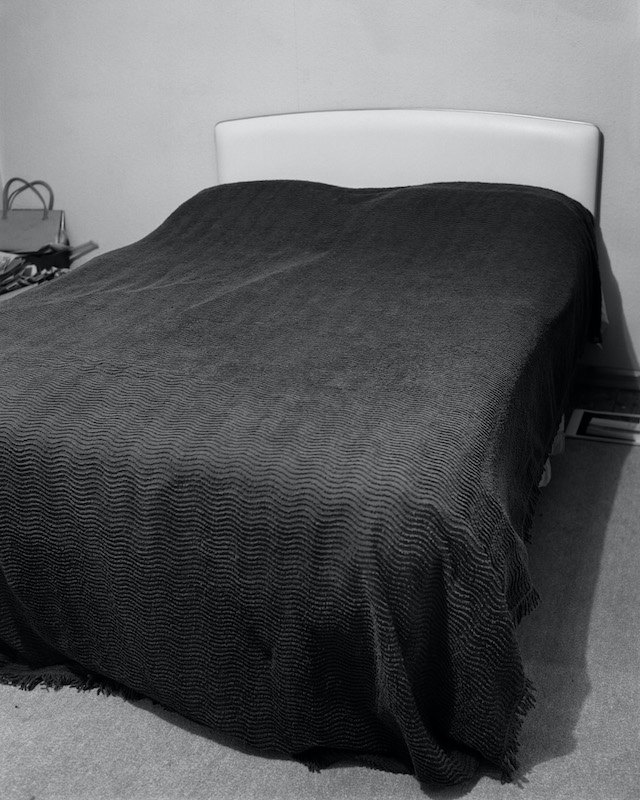
Stourbridge during the 70s was unexpectedly indifferent, as John explains: “It was very much the same as it is now in many regards. It’s a small suburban town, just like everywhere else in England. Places like Kensington, Mayfair, Whitehall and Trafalgar Square – they’re not England. England is made up of places like Batley, Hartlepool, Bolton, Halifax, Huddersfield and Stourbridge. Small towns that are unremarkable. They’re famous historically for one thing, or several kinds of industries, and very often they’ve disappeared, as is the case around here. But the fabric of the town is very much the same: detached housing, telegraph polls – not wooden ones so much nowadays, as these have been replaced with concrete ones – and tarmac. So the fundamentals of England have not changed that much in 50 years.”
So when you put this context into John’s most recent offering with The Guide, you’ll be hard pressed finding any further detail besides the unique descriptions of mundane places, like the garage, dual carriageways, streets and buildings. The book itself features John’s best-loved pictures from three of his past works, The Portraits, Looking at the Overlooked and The End of Industry, plus five previously unpublished images.
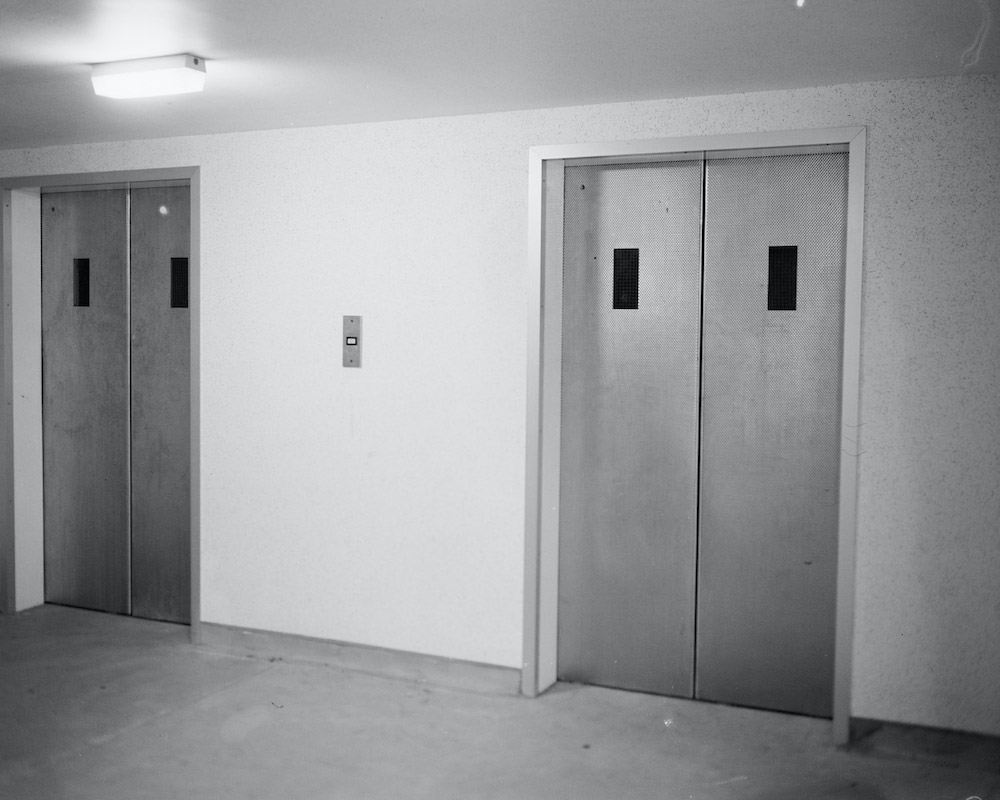
A collection of sorts, the work at hand goes against any typical photobook; there’s no structure, no narrative or sequence. Rather, they’re a compilation of the everyday snaps in England. Lifts, roads, motorways and garages; at first, you might start to look at these pictures and question its role in history, what with the typically 70s wallpapers, furniture and fashions giving a firm nod to this particular point in time. However, these interpretations are quite the opposite of what John wants you think. Quite the opposite in fact. “There are thousands of photobooks; you open them up, they’re really full of text, and sometimes there’s not a title on the photographs or even a date,” says John. “They’re a bit of a puzzle you’ve got to work out what’s going on. And generally a lot of photographic books do that, they don’t tell you much. They present themselves as a series; as a narrative.”
John can’t tell you what’s going on in his photographs, but he doesn’t need to. Instead, he’s included short bits of text “designed for reading on Instagram, not for people who read books”. For example, in the middle section, there’s an image of a sweeping brush that’s never been published before. An overlooked object, John turns his camera onto an almost unnoticeable object – unnoticeable because it’s so accustomed into our daily lives – and he’s shot it with simple framing, with nothing else going on in the background. “What I liked about it is that it’s almost as if you’re about to pick up the brush to use it,” he says, “and I like the sweat on the handle, and the way the bristles on the brush itself look like a walrus’ moustache – flattened, sad.” Another picture on page 71 is that of the typically 70s pub interior, with patterned wallpaper to boot. “You’re just about to move towards the table, sit and enjoy a drink,” he adds. “It was important that the setting was neutral. There’s no half empty glass on the table or cigarette in the ashtray. The image is not part of an ongoing narrative.”
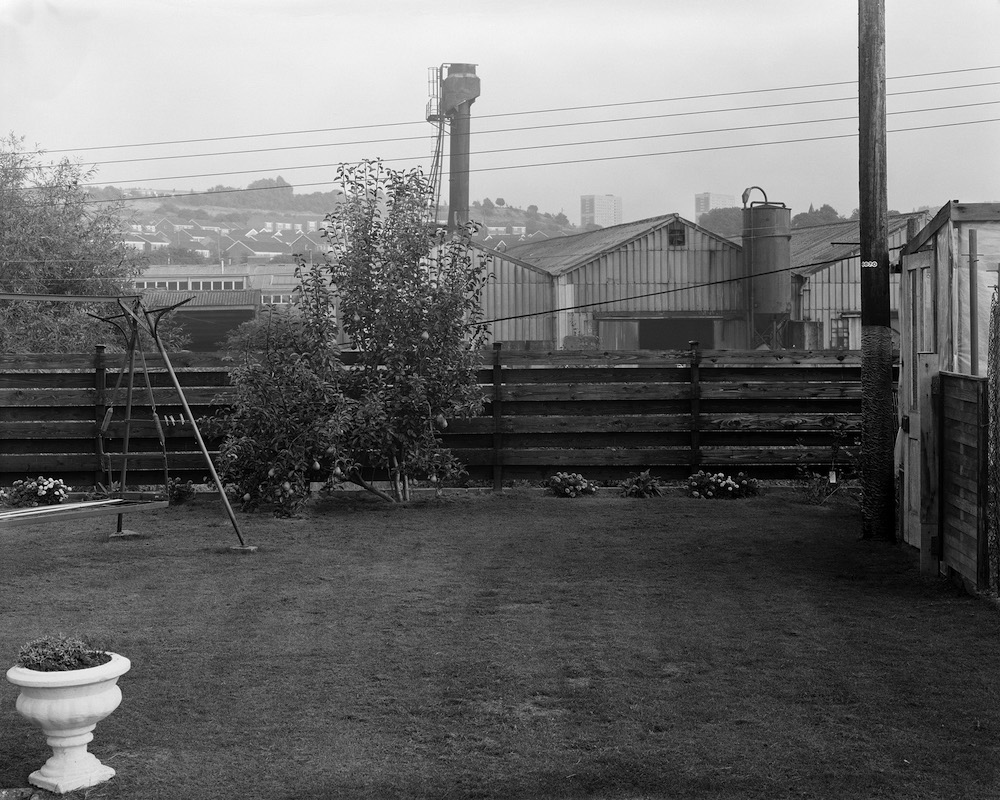
It seems that John’s work tends to position the audience into the specific time or place, leaving no room for imagination as to what might have happened there, or what’s yet to come. In fact, these scenes could be from just about anywhere at any given time; there’s no real signifier as to where the pictures were shot. This comes in much contrast to the typical offering of photography at time, where many were striving to find the beauty in the mundane, as signposted by Eve Arnold who first quoted: “It’s the hardest thing in the world to take the mundane and try to show how special it is.” John’s work is more wry and dry, boring as much as it is fascinatingly dull. Which makes sense considering a large part of his work is categorised under the title Boring Photos, which runs alongside his portraiture, pictures of televisions, substations, houses and furniture stores.
It’s safe to say that after I put down the phone, I’m left feeling enlightened with a new outlook on my work – and on John’s. And perhaps you might feel the same too.
The Guide by John Myers is published by RRB Photobooks
